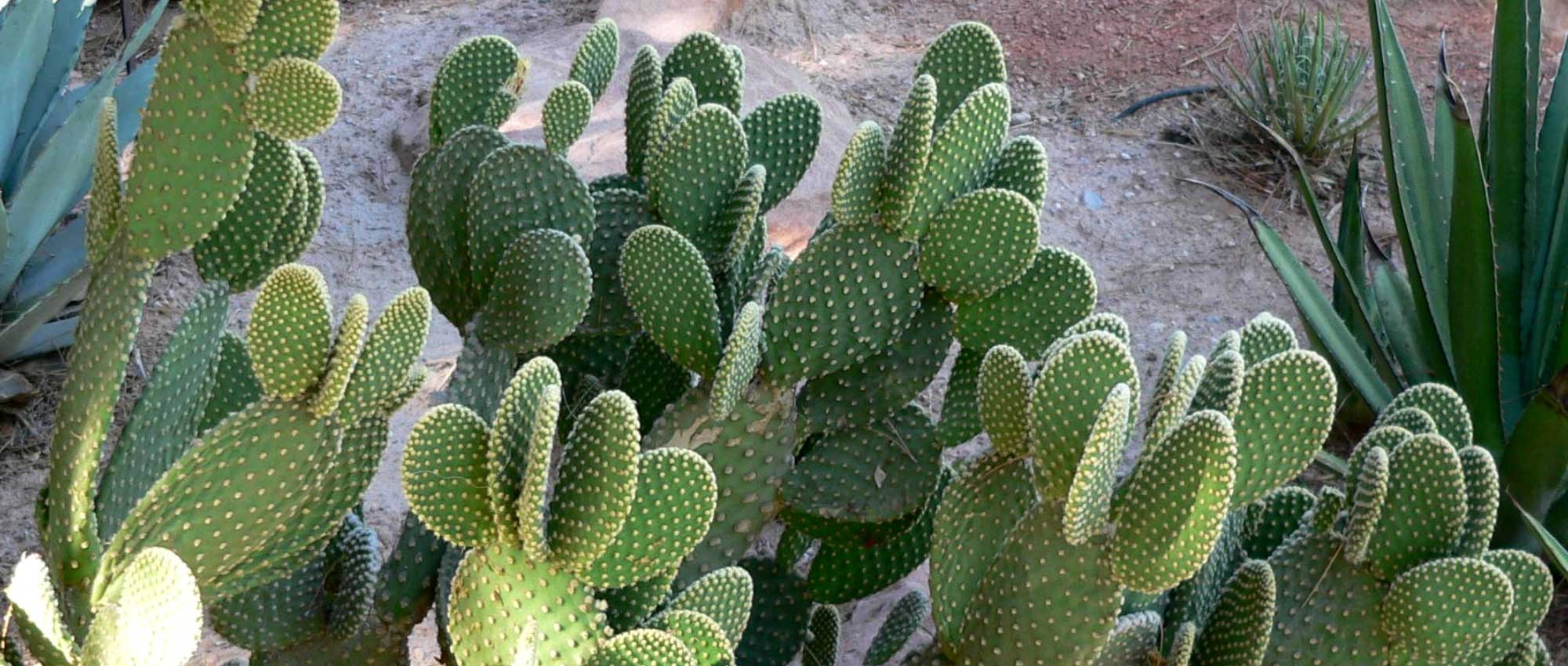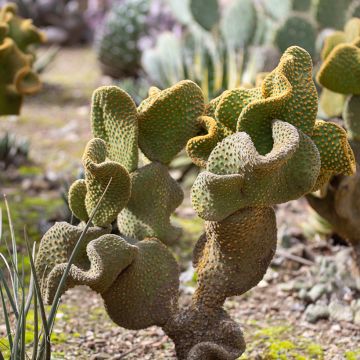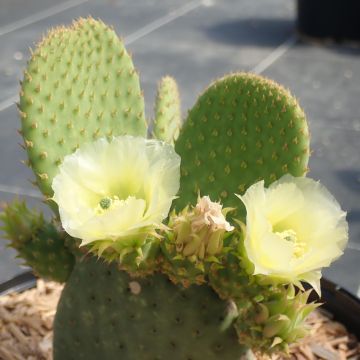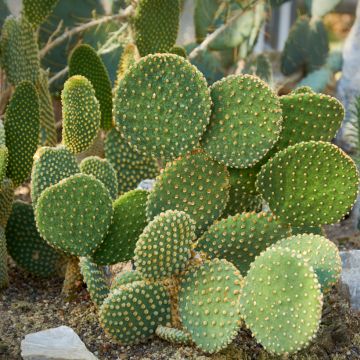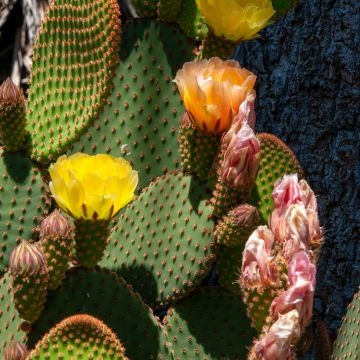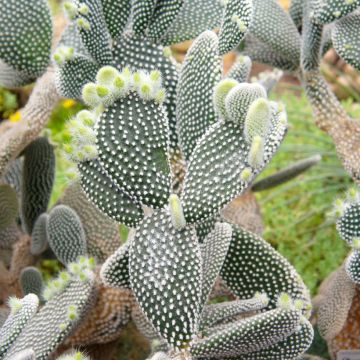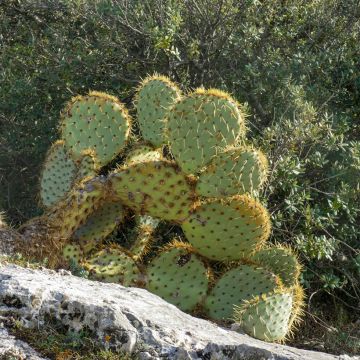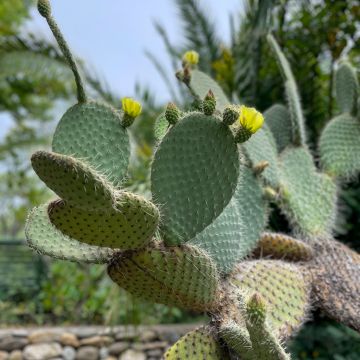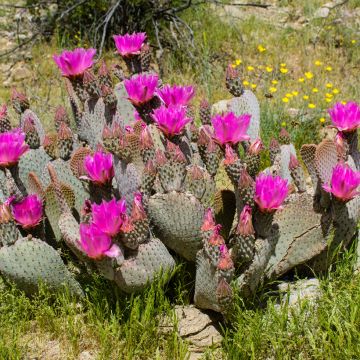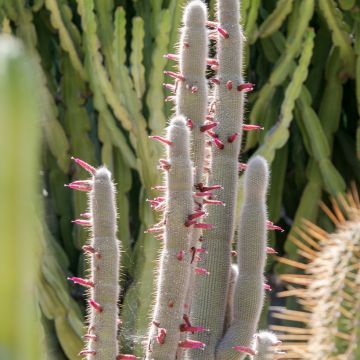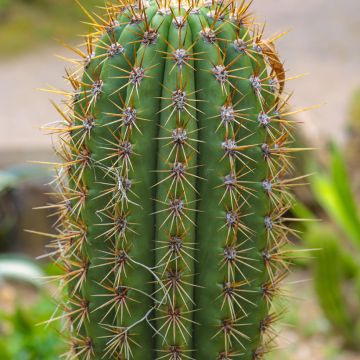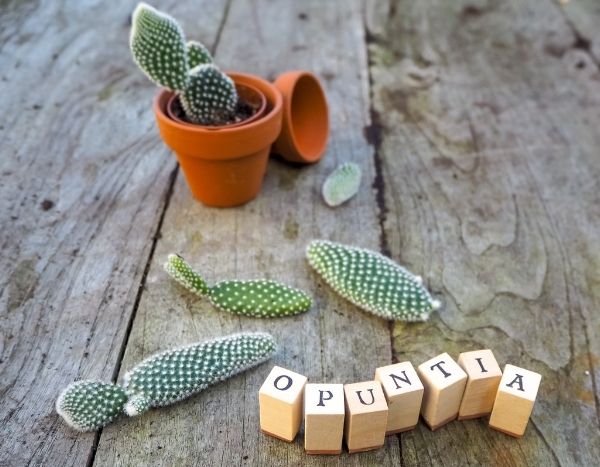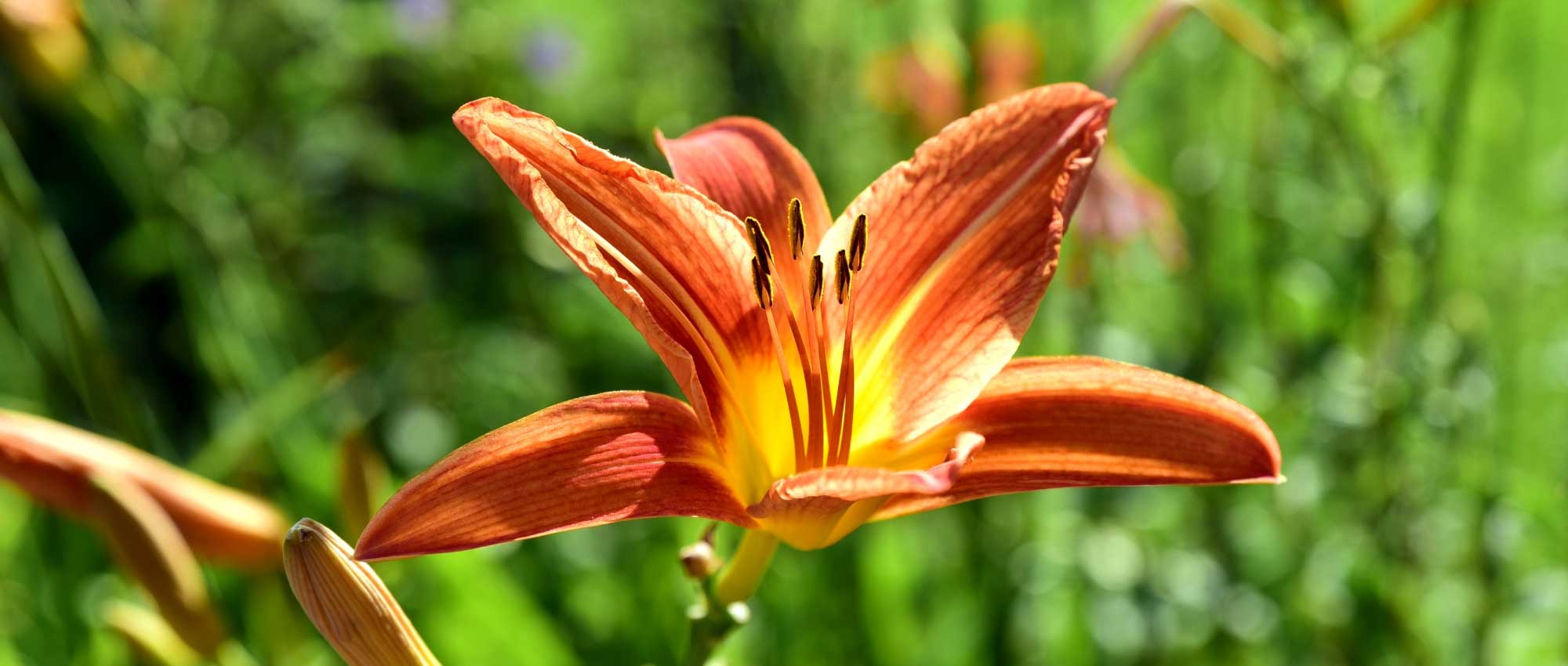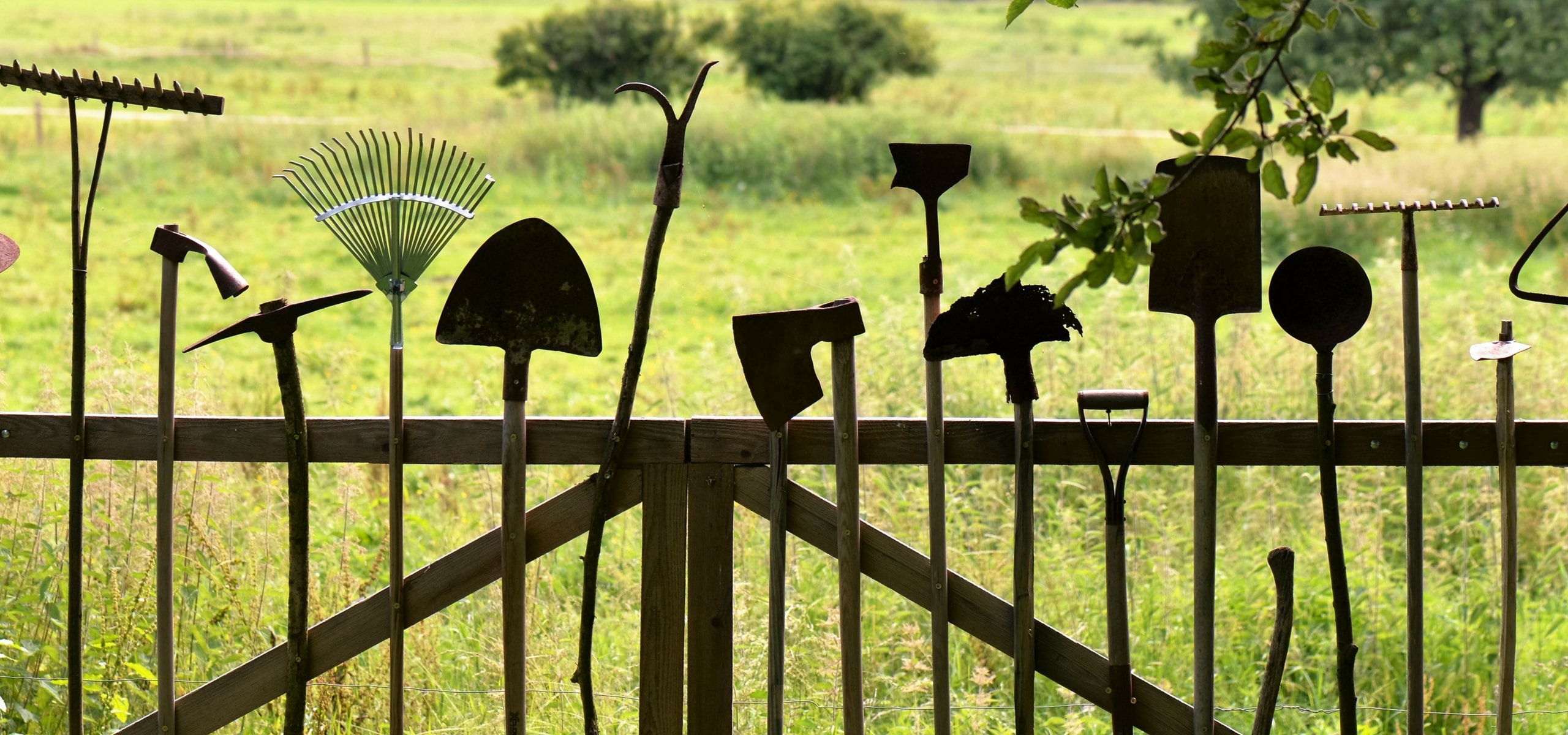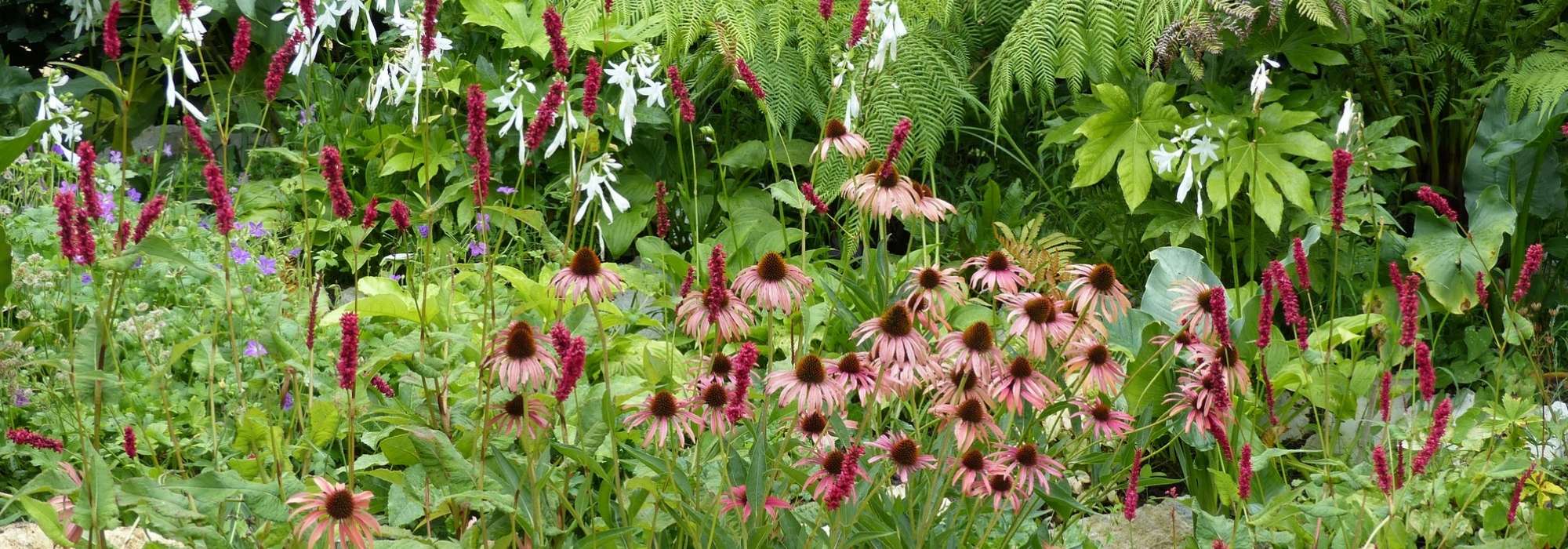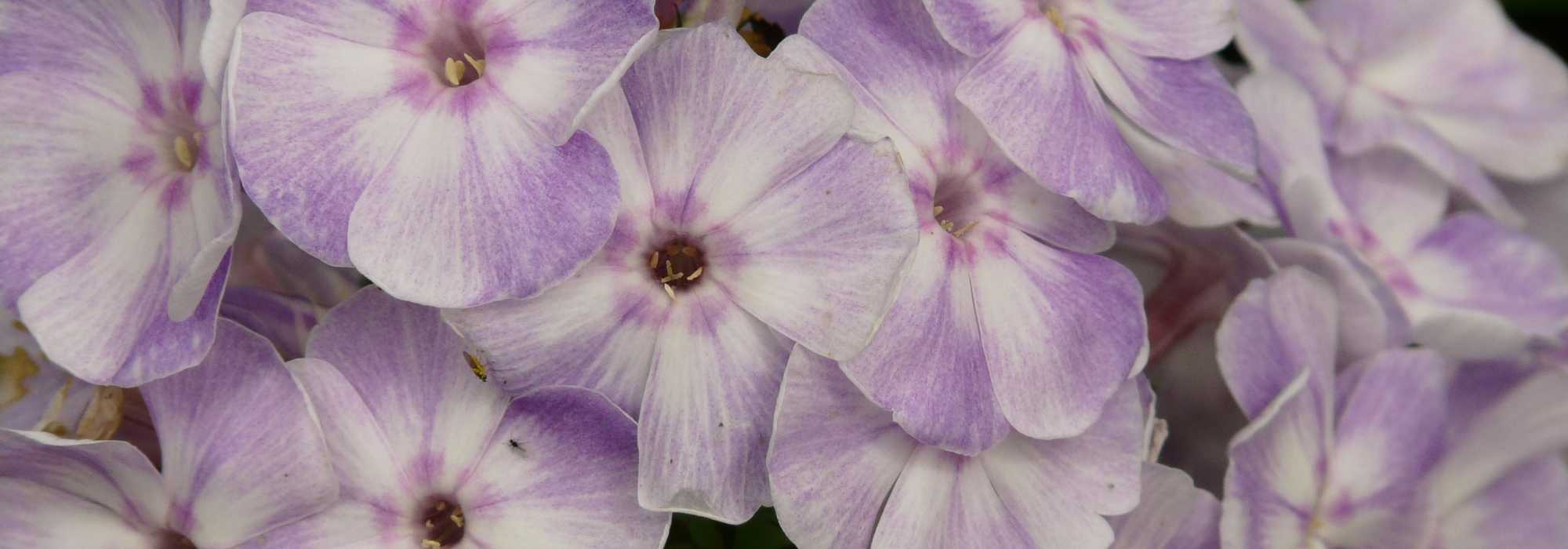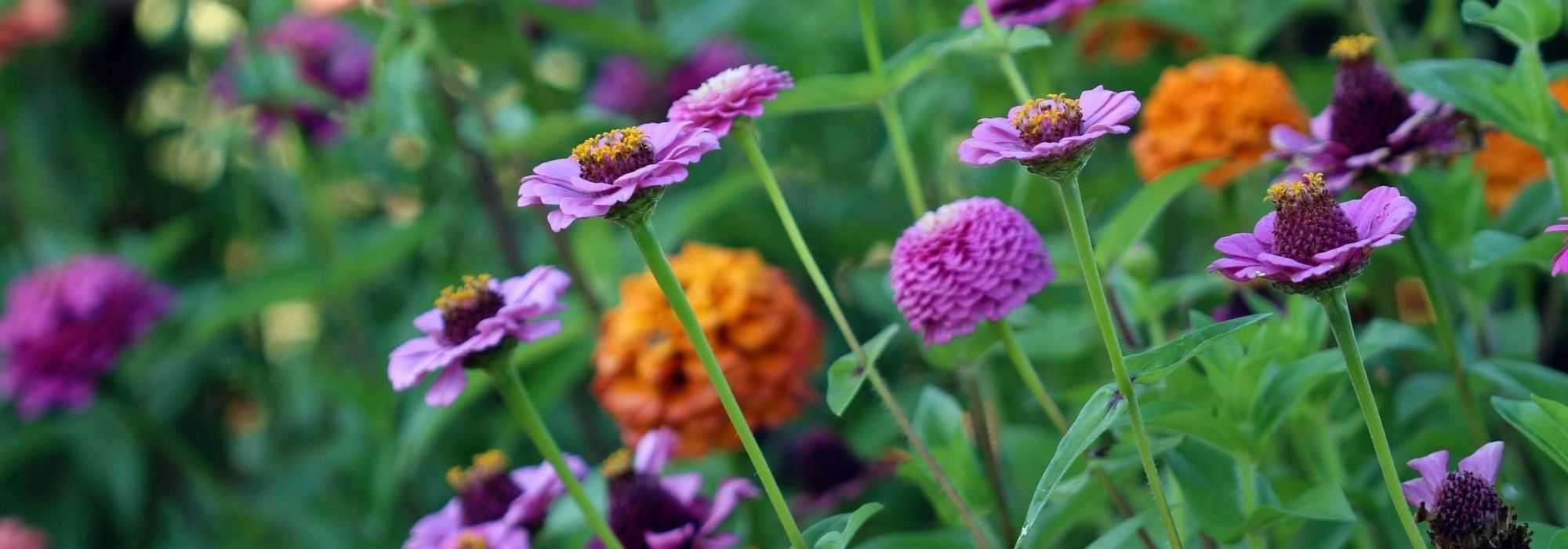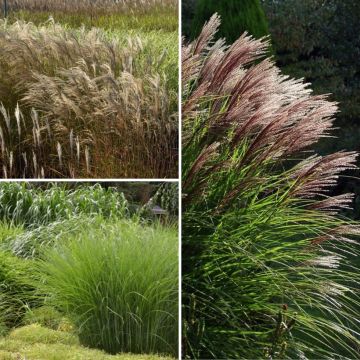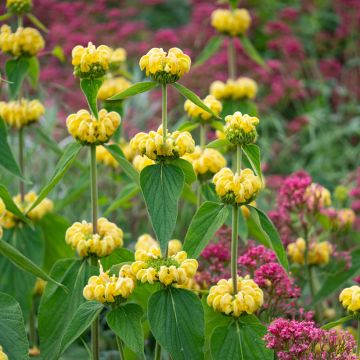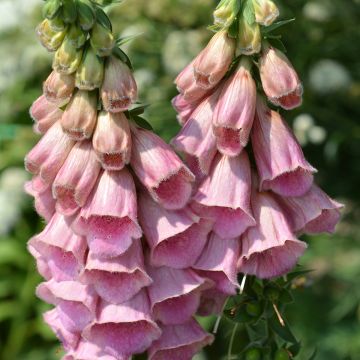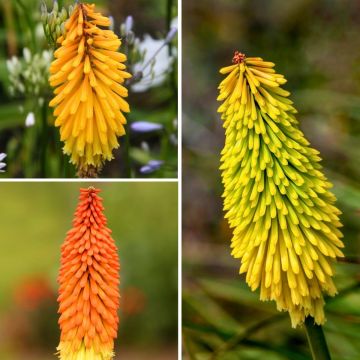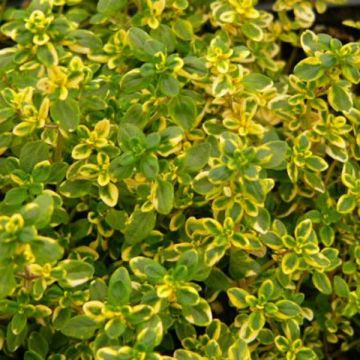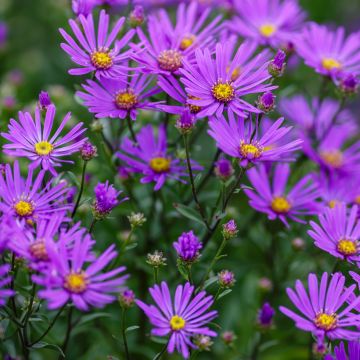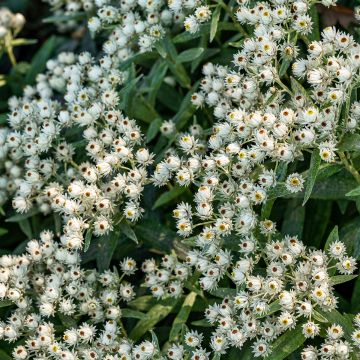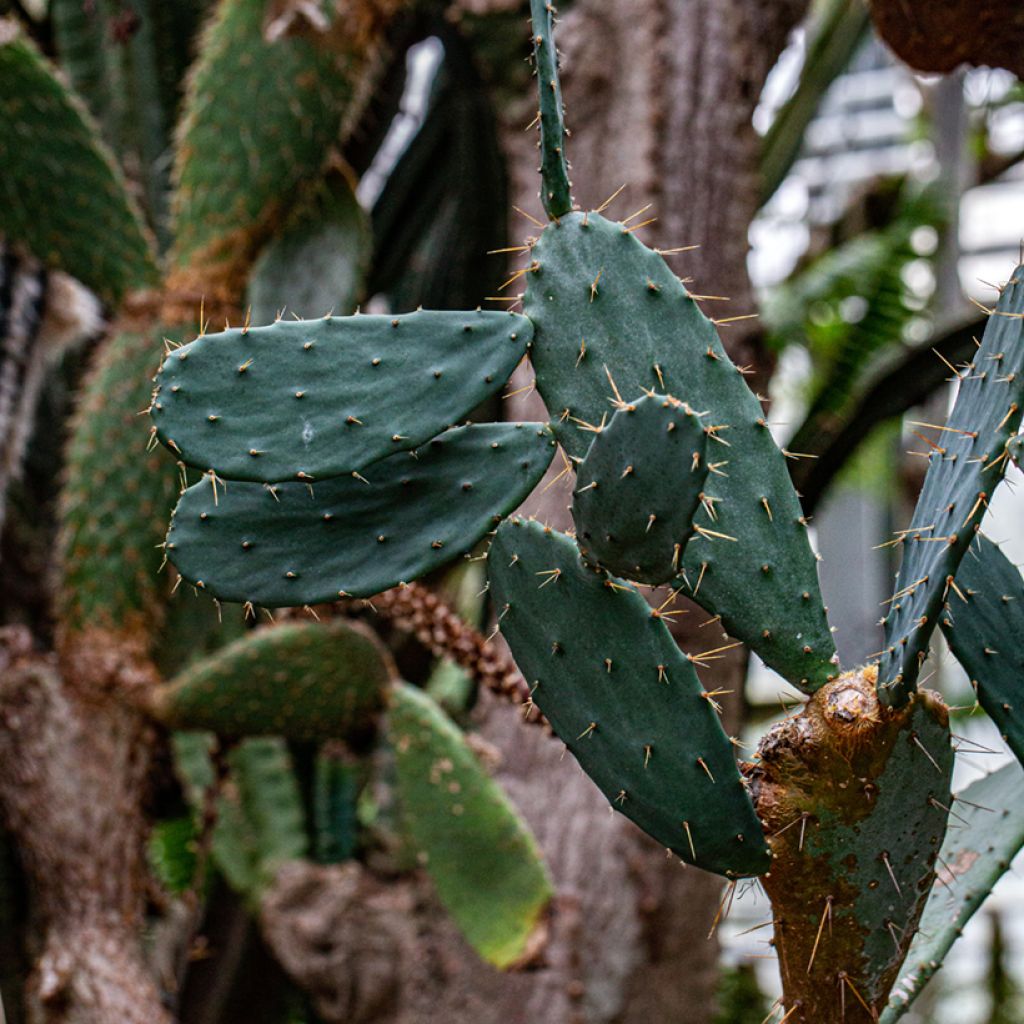

Opuntia bergeriana - Berger's prickly pear
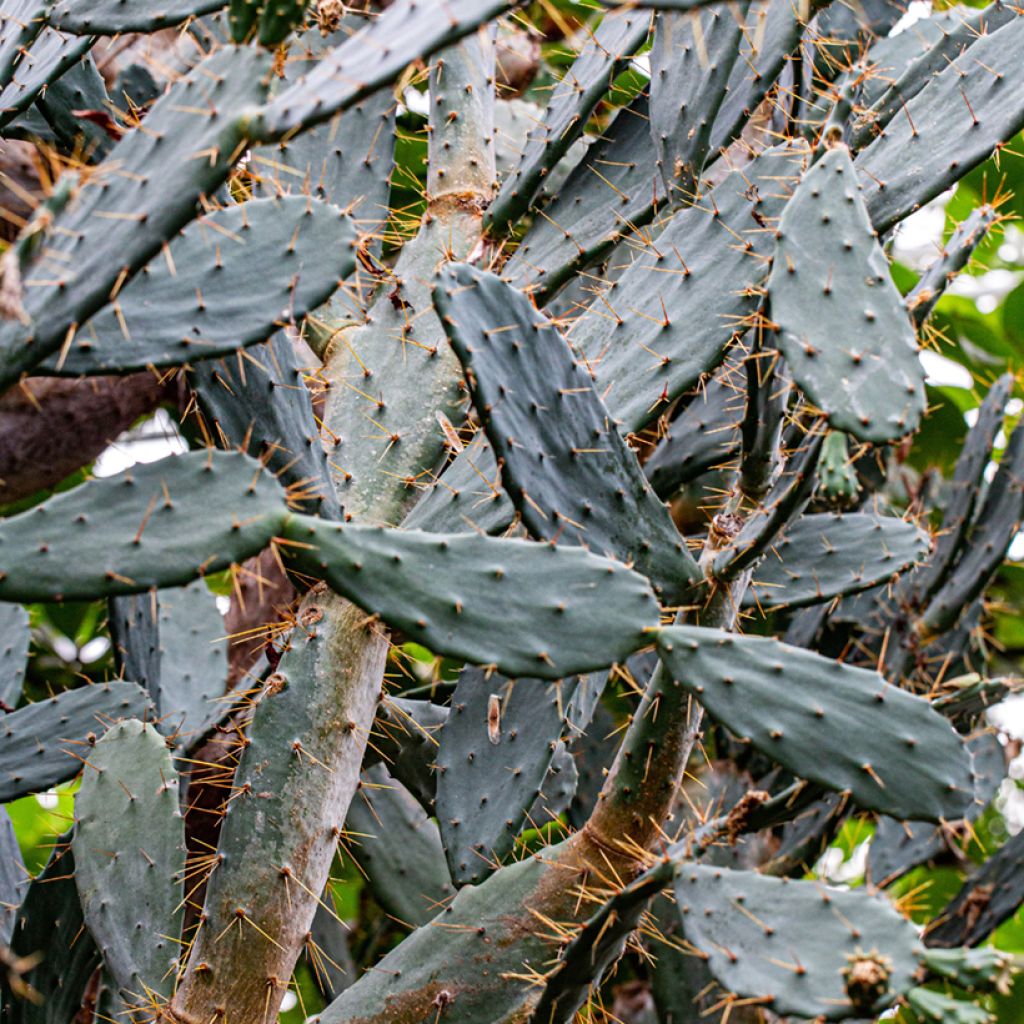

Opuntia bergeriana - Berger's prickly pear
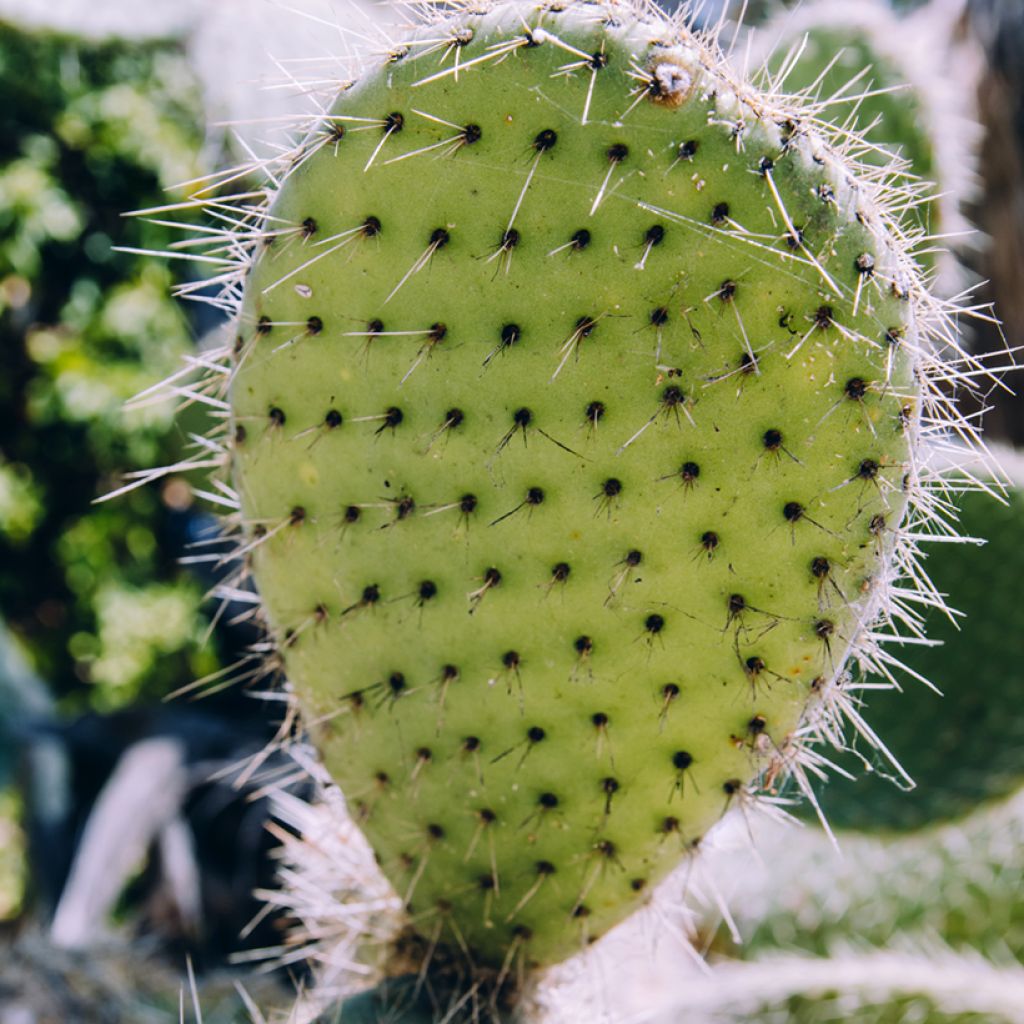

Opuntia bergeriana - Berger's prickly pear
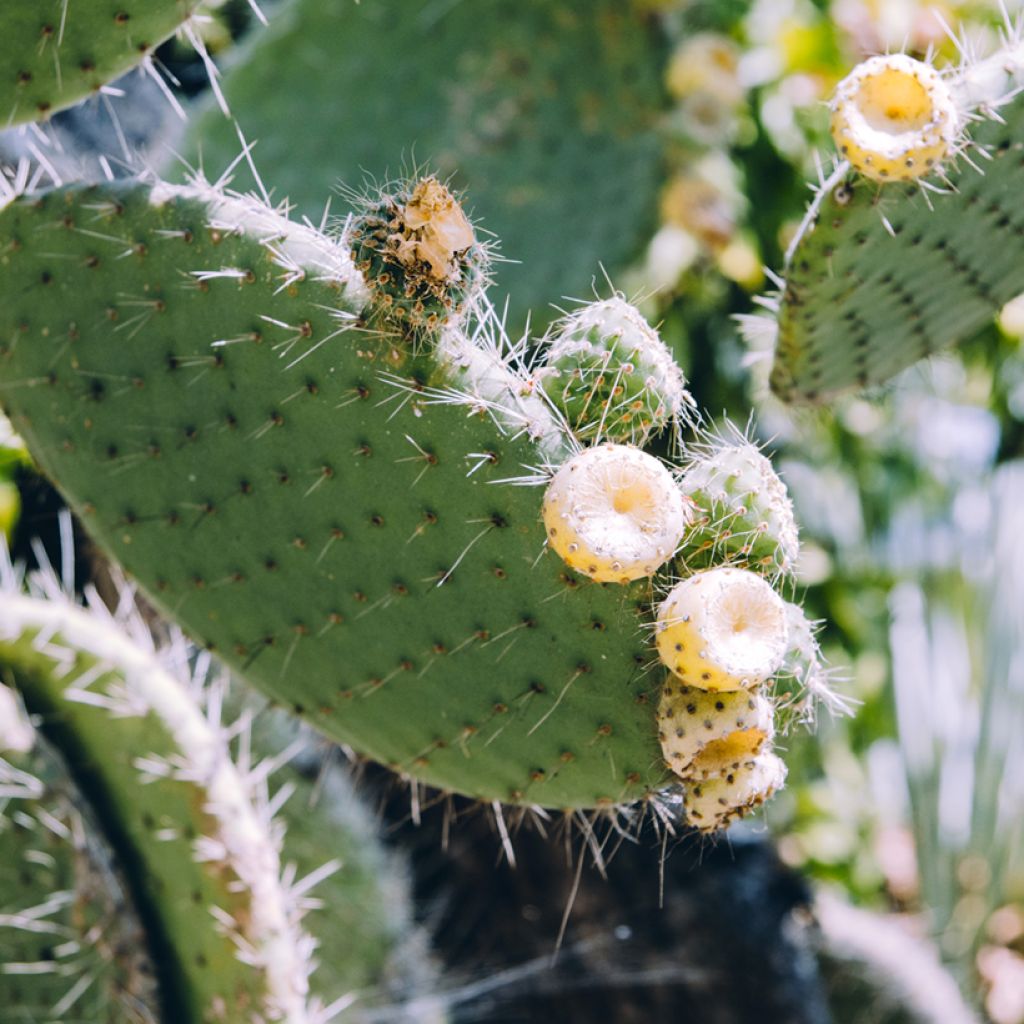

Opuntia bergeriana - Berger's prickly pear
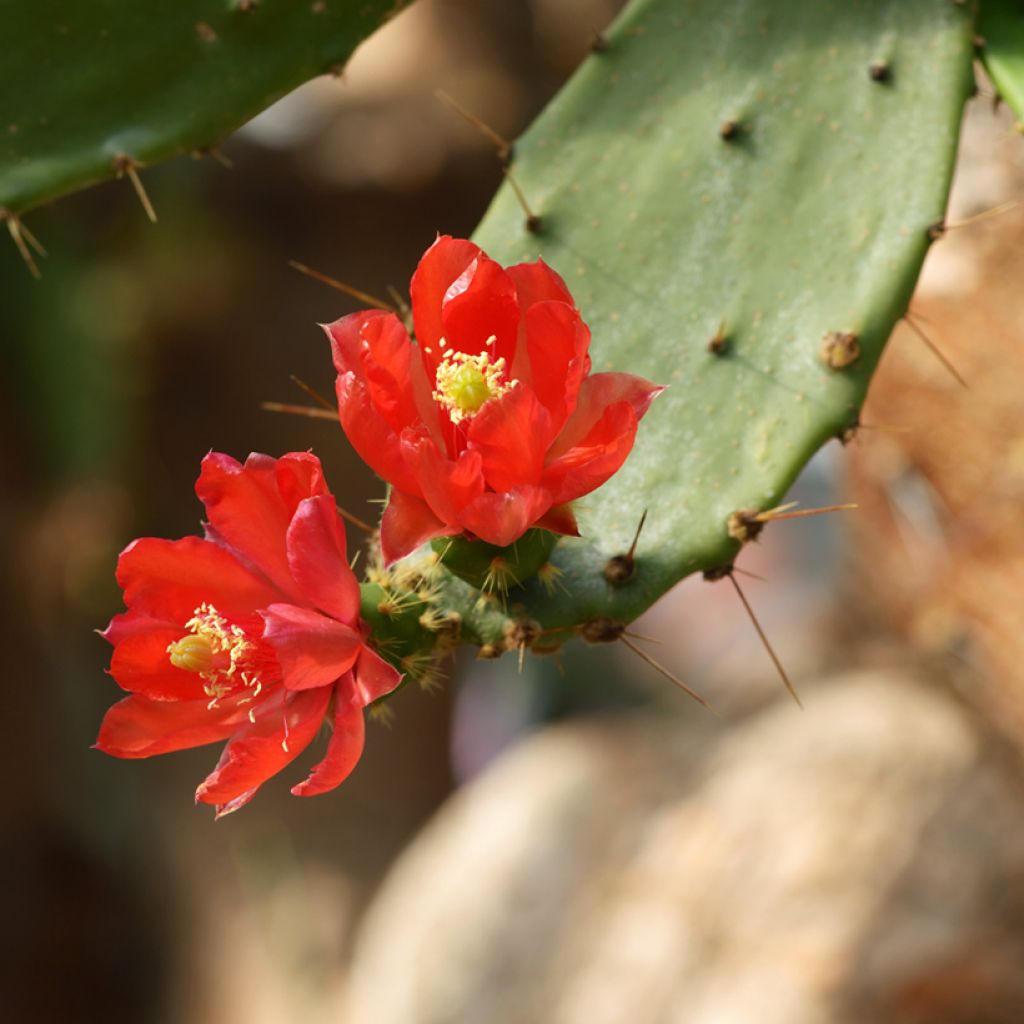

Opuntia bergeriana - Berger's prickly pear
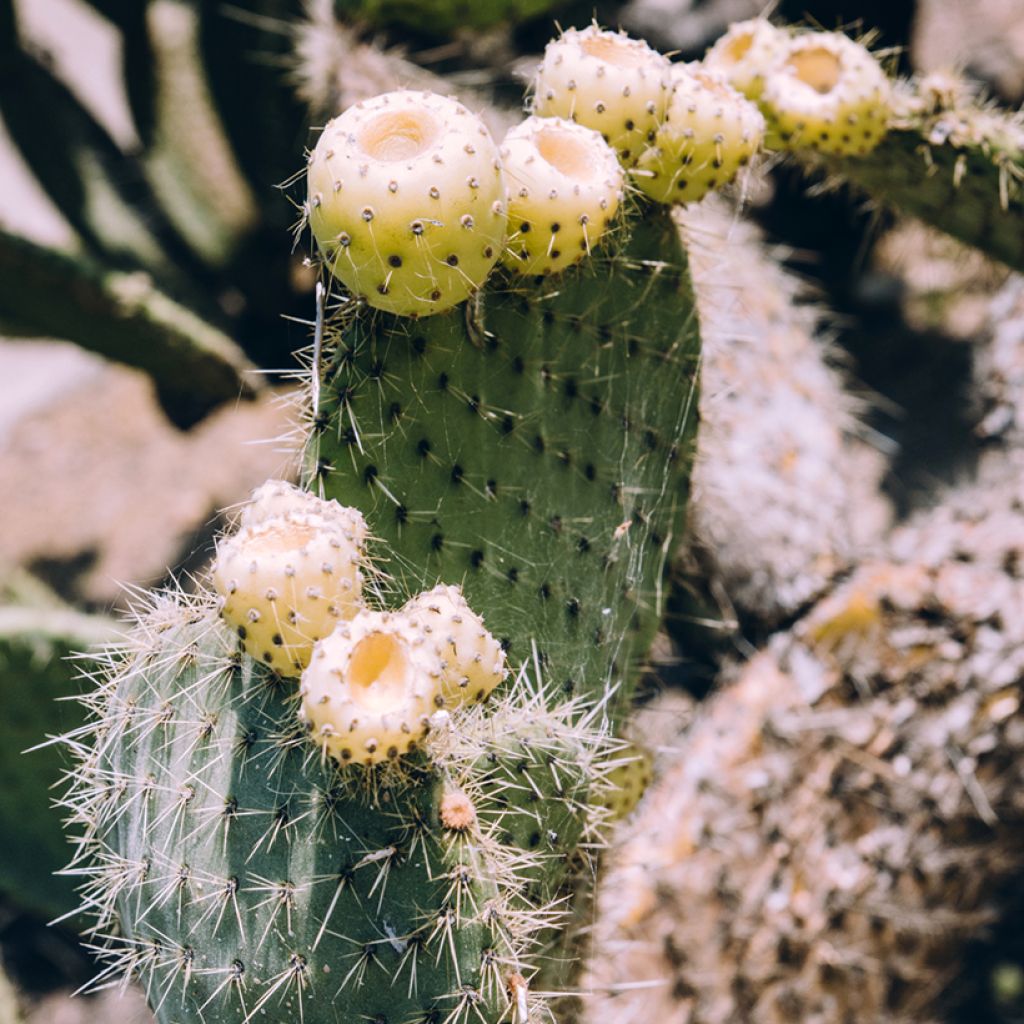

Opuntia bergeriana - Berger's prickly pear
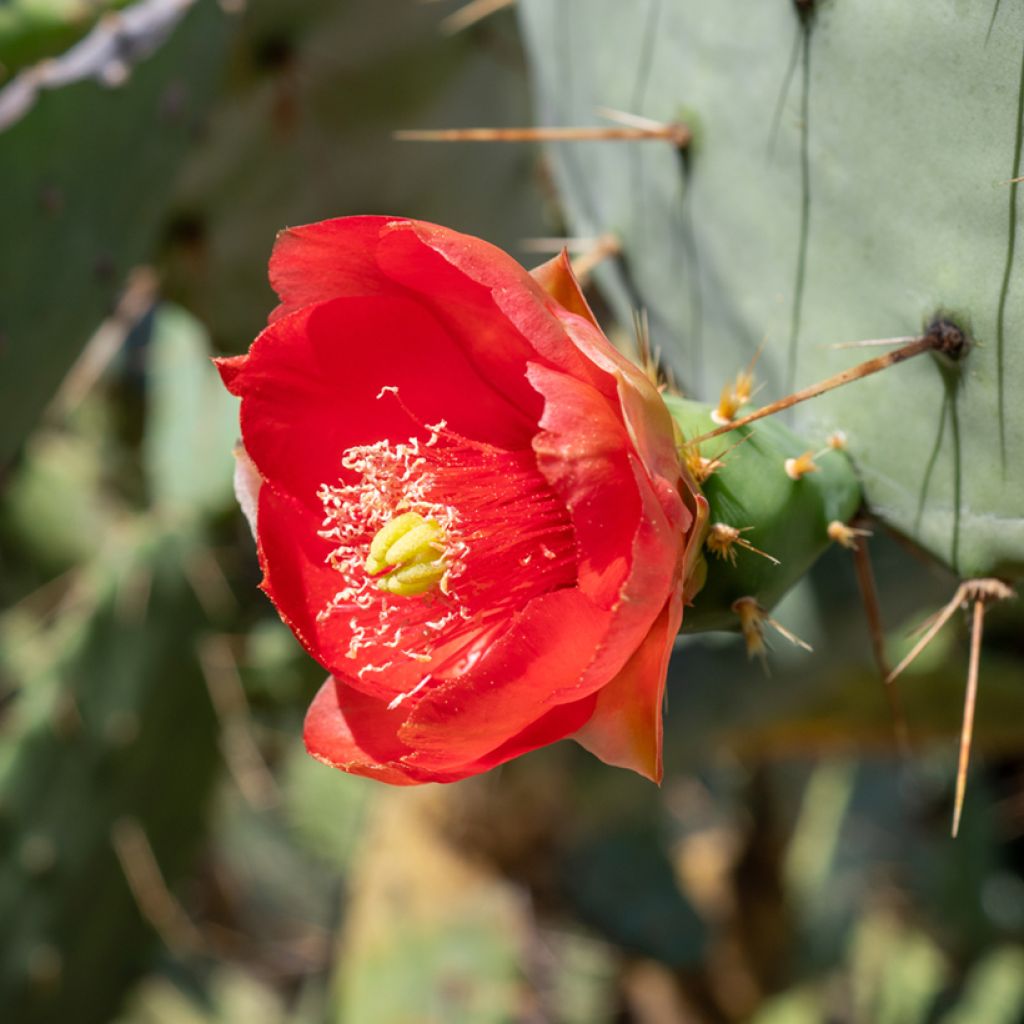

Opuntia bergeriana - Berger's prickly pear
Opuntia bergeriana - Prickly Pear
Opuntia bergeriana
Prickly Pear
Special offer!
Receive a €20 voucher for any order over €90 (excluding delivery costs, credit notes, and plastic-free options)!
1- Add your favorite plants to your cart.
2- Once you have reached €90, confirm your order (you can even choose the delivery date!).
3- As soon as your order is shipped, you will receive an email containing your voucher code, valid for 3 months (90 days).
Your voucher is unique and can only be used once, for any order with a minimum value of €20, excluding delivery costs.
Can be combined with other current offers, non-divisible and non-refundable.
Home or relay delivery (depending on size and destination)
Schedule delivery date,
and select date in basket
This plant carries a 12 months recovery warranty
More information
We guarantee the quality of our plants for a full growing cycle, and will replace at our expense any plant that fails to recover under normal climatic and planting conditions.
Would this plant suit my garden?
Set up your Plantfit profile →
Description
Opuntia bergeriana, or Berger's Prickly Pear, is an intriguing cactus prized for its shrubby silhouette and abundant spring flowering of vibrant red at the tips of its pads. Native to the arid regions of Argentina and Brazil, it adapts perfectly to Mediterranean climates and coastal areas. With its striking appearance, ease of cultivation, and relative hardiness (down to -10°C in dry conditions), this prickly pear is an excellent choice for rockeries, dry gardens, and sunny terraces.
Opuntia bergeriana (synonym Opuntia eliator) belongs to the Cactaceae family, like all Opuntia. This prickly pear is one of the few South American species in the Opuntia genus, as most of its relatives are North American. It is primarily found in the arid zones of Argentina, Brazil, and Paraguay. In the wild, this cactus grows on rocky, dry terrain, often at higher altitudes, where it forms dense stands. Berger's Prickly Pear is characterised by its flattened "pads" or cladodes, measuring 30 to 40 cm wide, which create a dense, branching structure. Their green epidermis is covered with white to yellowish, rigid, sharp thorns, reaching up to 4 cm in length. In addition to these thorns, it bears glochidia—tiny barbed hairs that detach at the slightest touch and can be irritating. In spring, sometimes as early as May, Opuntia bergeriana is adorned with stunning bright red flowers, measuring 5 to 7 cm in diameter, which attract pollinators and enthusiasts of unique plants. A second wave of flowering may occur in September-October in Mediterranean climates. These flowers are followed by ovoid to cylindrical edible fruits, 5 to 8 cm long and 3 to 5 cm wide, which ripen to a pinkish-red hue. Their sweet flesh is enjoyed either raw or processed into jams and juices. The growth of this prickly pear is rapid, especially in open ground, where it can reach 2 to 3 m in height in cultivation under our climates. In pots, it remains more compact, not exceeding 1.5 m.
In its native countries, this prickly pear is widely used for its tasty fruits, as well as its young pads, which, after cooking, are consumed as a vegetable. In traditional medicine, it is credited with anti-inflammatory and healing properties, particularly when applied as a poultice to burns and skin irritations.
Opuntia bergeriana is an excellent choice for adding structure and character to dry or Mediterranean gardens. Its striking appearance, rapid growth, and beautiful flowering will be appreciated in a large rockery or gravel bed. It pairs easily with other plants suited to poor, well-drained soils, such as Agave americana, whose majestic rosettes contrast with its pads, Yucca filamentosa, which enhances the desert-like effect, or even a large euphorbia like Euphorbia characias 'Emmer Green', which offers beautiful variegated evergreen foliage. When grown in pots, it makes an original and low-maintenance feature for sunny terraces and balconies.
Opuntia bergeriana - Prickly Pear in pictures


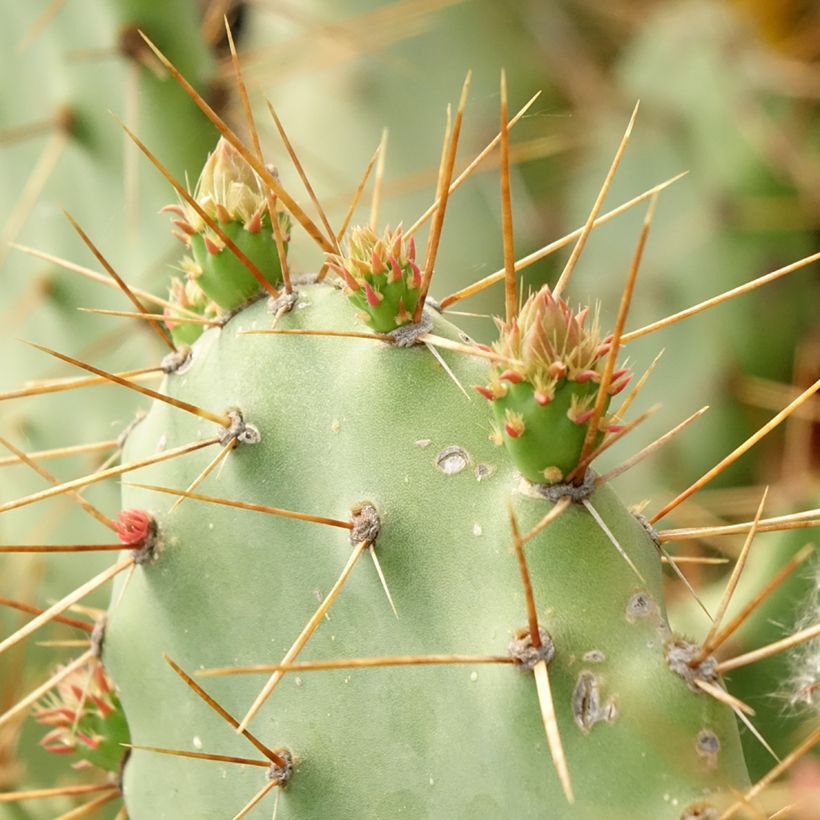

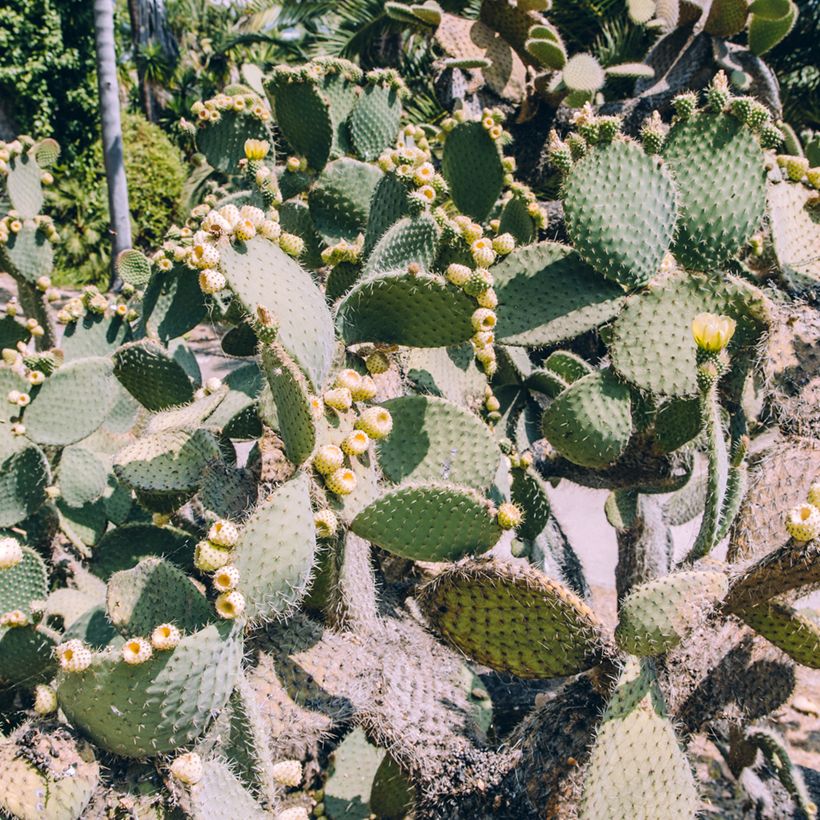



Flowering
Foliage
Plant habit
Botanical data
Opuntia
bergeriana
Cactaceae
Prickly Pear
Opuntia elatior
South America
Other Opuntia
View all →Planting and care
If planting Opuntia bergeriana in the ground, choose a spot in full sun, which is essential for its flowering. It's best to plant in spring, after the last frost. This plant tolerates various soil types, even the poorest, as long as they are well-drained. To improve drainage, especially in heavy soil, incorporate gravel or pumice into the substrate. The ideal planting period is from April to July. Dig a hole wide enough to accommodate the roots, place the plant, ensuring the collar is protected with gravel or coarse sand to prevent excess moisture, then backfill and water lightly. A spacing of 90 cm between young plants is recommended to allow proper development.
In pots, opt for a wide container with drainage holes. Prepare a mix consisting of 40% compost, 45% drainage materials (coarse sand, pumice, perlite) and 15% garden soil. Place a layer of gravel or clay pebbles at the bottom of the pot to facilitate water drainage. Plant the Opuntia with the collar level with the substrate, firm lightly and water moderately. Place the pot in a warm, sunny spot. Repotting is advised every two years, preferably in spring, increasing the pot size to encourage root development.
Propagation by cuttings from prickly pear pads is easy: take a segment at a joint, place it on a cactus soil substrate for a few days until a callus forms. Then insert the base of the cutting slightly deeper into the soil and water regularly. The plant will not flower or fruit until it is 3 years old.
Handle your cacti with gloves and protective goggles.
Planting period
Intended location
Care
Planting & care advice
This item has not been reviewed yet - be the first to leave a review about it.
Similar products
Haven't found what you were looking for?
Hardiness is the lowest winter temperature a plant can endure without suffering serious damage or even dying. However, hardiness is affected by location (a sheltered area, such as a patio), protection (winter cover) and soil type (hardiness is improved by well-drained soil).

Photo Sharing Terms & Conditions
In order to encourage gardeners to interact and share their experiences, Promesse de fleurs offers various media enabling content to be uploaded onto its Site - in particular via the ‘Photo sharing’ module.
The User agrees to refrain from:
- Posting any content that is illegal, prejudicial, insulting, racist, inciteful to hatred, revisionist, contrary to public decency, that infringes on privacy or on the privacy rights of third parties, in particular the publicity rights of persons and goods, intellectual property rights, or the right to privacy.
- Submitting content on behalf of a third party;
- Impersonate the identity of a third party and/or publish any personal information about a third party;
In general, the User undertakes to refrain from any unethical behaviour.
All Content (in particular text, comments, files, images, photos, videos, creative works, etc.), which may be subject to property or intellectual property rights, image or other private rights, shall remain the property of the User, subject to the limited rights granted by the terms of the licence granted by Promesse de fleurs as stated below. Users are at liberty to publish or not to publish such Content on the Site, notably via the ‘Photo Sharing’ facility, and accept that this Content shall be made public and freely accessible, notably on the Internet.
Users further acknowledge, undertake to have ,and guarantee that they hold all necessary rights and permissions to publish such material on the Site, in particular with regard to the legislation in force pertaining to any privacy, property, intellectual property, image, or contractual rights, or rights of any other nature. By publishing such Content on the Site, Users acknowledge accepting full liability as publishers of the Content within the meaning of the law, and grant Promesse de fleurs, free of charge, an inclusive, worldwide licence for the said Content for the entire duration of its publication, including all reproduction, representation, up/downloading, displaying, performing, transmission, and storage rights.
Users also grant permission for their name to be linked to the Content and accept that this link may not always be made available.
By engaging in posting material, Users consent to their Content becoming automatically accessible on the Internet, in particular on other sites and/or blogs and/or web pages of the Promesse de fleurs site, including in particular social pages and the Promesse de fleurs catalogue.
Users may secure the removal of entrusted content free of charge by issuing a simple request via our contact form.
The flowering period indicated on our website applies to countries and regions located in USDA zone 8 (France, the United Kingdom, Ireland, the Netherlands, etc.)
It will vary according to where you live:
- In zones 9 to 10 (Italy, Spain, Greece, etc.), flowering will occur about 2 to 4 weeks earlier.
- In zones 6 to 7 (Germany, Poland, Slovenia, and lower mountainous regions), flowering will be delayed by 2 to 3 weeks.
- In zone 5 (Central Europe, Scandinavia), blooming will be delayed by 3 to 5 weeks.
In temperate climates, pruning of spring-flowering shrubs (forsythia, spireas, etc.) should be done just after flowering.
Pruning of summer-flowering shrubs (Indian Lilac, Perovskia, etc.) can be done in winter or spring.
In cold regions as well as with frost-sensitive plants, avoid pruning too early when severe frosts may still occur.
The planting period indicated on our website applies to countries and regions located in USDA zone 8 (France, United Kingdom, Ireland, Netherlands).
It will vary according to where you live:
- In Mediterranean zones (Marseille, Madrid, Milan, etc.), autumn and winter are the best planting periods.
- In continental zones (Strasbourg, Munich, Vienna, etc.), delay planting by 2 to 3 weeks in spring and bring it forward by 2 to 4 weeks in autumn.
- In mountainous regions (the Alps, Pyrenees, Carpathians, etc.), it is best to plant in late spring (May-June) or late summer (August-September).
The harvesting period indicated on our website applies to countries and regions in USDA zone 8 (France, England, Ireland, the Netherlands).
In colder areas (Scandinavia, Poland, Austria...) fruit and vegetable harvests are likely to be delayed by 3-4 weeks.
In warmer areas (Italy, Spain, Greece, etc.), harvesting will probably take place earlier, depending on weather conditions.
The sowing periods indicated on our website apply to countries and regions within USDA Zone 8 (France, UK, Ireland, Netherlands).
In colder areas (Scandinavia, Poland, Austria...), delay any outdoor sowing by 3-4 weeks, or sow under glass.
In warmer climes (Italy, Spain, Greece, etc.), bring outdoor sowing forward by a few weeks.


































